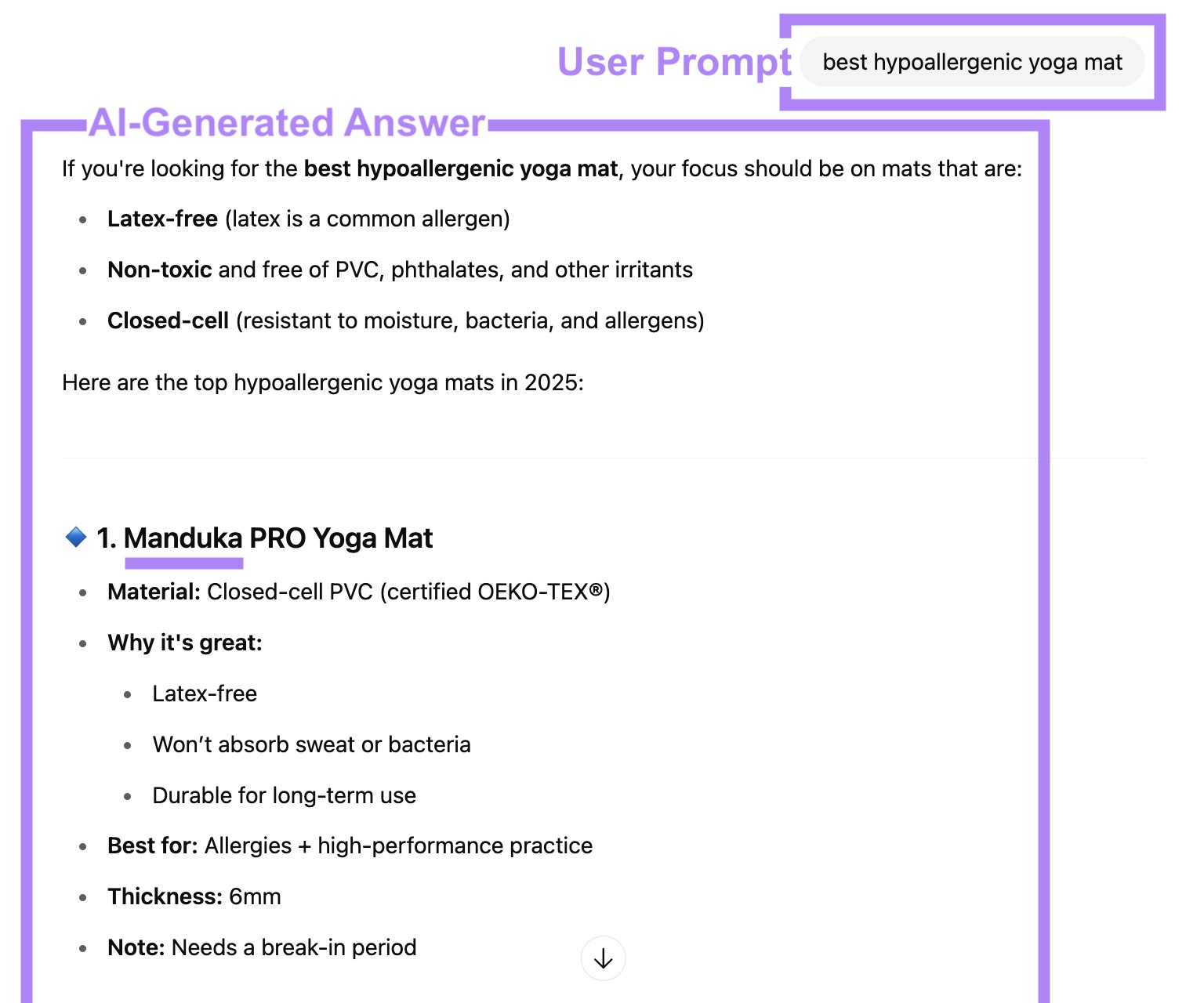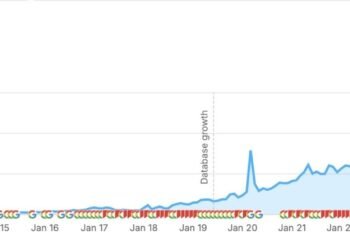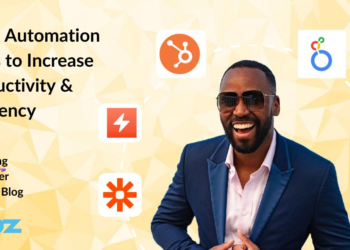What Is Answer Engine Optimization?
Answer engine optimization (AEO) is a set of marketing practices used to increase your brand’s visibility in AI-generated answers—like Google’s AI Mode and ChatGPT responses.
Here’s an example of how a brand can appear in an AI answer:

Key AEO techniques include:
- Getting positive mentions in news articles, blogs, podcasts, and other reputable publications
- Publishing original, useful, and AI-friendly content
Many of the techniques used in traditional search engine optimization (SEO) also help with AEO, but there are some differences.
What’s the Difference Between AEO and SEO?
AEO helps you gain visibility in AI tools.
SEO helps you gain visibility in traditional search results.
They share many best practices, but there are some key differences:
|
SEO |
AEO |
|
|
Main Goal |
Rank in traditional search engine results pages (SERPs) |
Be cited or mentioned in AI-generated answers (e.g., Google AI Overviews and ChatGPT) |
|
Search Environment |
Regularly updated list of ranked links |
Dynamic, real-time generated responses |
|
Optimization Focus |
Keyword targeting, backlinks, and technical SEO |
Brand mentions, targeting question-based queries, and backing up claims with proof |
|
Primary Platforms |
Google Search, Bing Search, etc. |
Google AI Mode, Bing Chat, Perplexity, ChatGPT, etc. |
|
Success Metrics |
Rankings, click-through rate, and organic traffic |
AI citations and brand mentions |
Why Does AEO Matter?
AEO matters because it ensures visibility when the user is interacting with an AI tool that does the talking.
If your content is optimized for how AI finds and formats answers, you stand to be included in conversations that extend beyond appearing in traditional search results.
Here’s why that’s important:
- AI tools are cutting into traditional traffic sources. Between Google’s AI Overviews pushing links below the fold and ChatGPT sometimes answering without linking at all, users are increasingly getting what they need without ever clicking through.
- AI tools are changing how users discover and trust information online. Instead of clicking through to brand websites, users now rely on AI-generated summaries. AI still pulls from trusted sources, but the trust is shifting from websites to the AI tools themselves.
- AI traffic is more valuable than search traffic. Semrush’s AI search study found the average AI search visitor is 4.4x more valuable than the traditional organic search visitor, at least based on conversion rate.
This can make a huge difference for users who are actively researching solutions you offer.
For example, ChatGPT returned Semrush as the top choice when I asked it about the best platform for keyword research or competitive analysis. Which means it could prompt our ideal audience to go right to our website to sign up for a plan.

How to Optimize Your Content for Answer Engines
To show up in AI-generated answers, you need to optimize for how large language model-based tools (LLMs) find, interpret, and choose which content to share.
Here are some best practices for answer engine optimization:
Gain Brand Mentions
You earn AI visibility by getting your brand mentioned in places LLMs trust—like Reddit, Wikipedia, and news publications.
Brand mentions across the web impact how often AI tools mention and recommend your company. Because they build answers from trusted data, whether it’s pulled from past training or live search.
Which means brand mentions matter both for visibility today (via live web results) and for future visibility as models train and retrain with newer web data.
Here’s how to get mentions that matter:
- Get cited by high-authority sources. Aim for mentions on .edu sites, .gov sites, Wikipedia, Reddit, major media outlets, and niche publications in your industry.
- Be consistent across platforms. Make sure your brand and entity details are clear and aligned everywhere.
- Join relevant conversations. Participating in forums, podcasts, and expert roundups helps build brand presence where AI models pull data.
Answer Questions in Ways AI Understands
To get cited and mentioned by AI, you need to find and answer real questions. And structure your content so that machines can understand it.
In other words:
- Target the right questions
- Make the answers easy for AI to parse
The People Also Ask section on Google is a good place to start—but that’s only a small piece of the larger picture.
Use Semrush’s Keyword Magic Tool to find valuable questions to answer.
Enter a broad keyword related to your niche and click the “Questions” tab to see question-based keywords related to your starting term.

In your answer to the question, structure your content to be machine-readable:
- Use the question in a subheading (e.g., H2 or H3)
- Immediately provide a clear answer
- Follow up with relevant details, statistics, examples, or steps
- Break up content with bulleted lists, numbered lists, and tables when it will aid understanding
- Use schema markup to reinforce your structure
For example:
The first H2 in this article is “What Is Answer Engine Optimization?” and the first H3 is “What’s the Difference Between AEO and SEO?”
These are common search questions, and we answered them clearly in the first paragraph of each section. That makes it easy for AI tools to extract and cite those answers.
Create Content That Demonstrates Experience & Expertise
LLMs seem to favor content that reflects real-world use, personal insights, and/or original research, which aligns with Google’s E-E-A-T principles.
A research paper from students at a few universities found that there was a positive correlation between AI visibility and displays of E-E-A-T principles, stating:
“Among other things, we find that including citations, quotations from relevant sources, and statistics can significantly boost source visibility, with an increase of over 40% across various queries.”
Here’s how to demonstrate experience and expertise:
- Include first-person insights and practical takeaways (e.g., “We tested this on 100 sites …” or “In our experience …”)
- Share original research (especially if you’re first to publish)
- Use author bios that highlight expertise and experience in the field
- Cite authoritative sources to back up claims
- Run surveys or conduct expert interviews to gather unique insights
For example, Semrush regularly publishes original research related to SEO and LLMs to share unique insights that can’t be found anywhere else.

Keep Your Content Up to Date
LLMs seem to rely on reputation and content recency to decide what to include in answers. To show up, keep your content up to date.
Need proof?
A recent AirOps study found that 95% of ChatGPT citations come from content published or updated within the last 10 months, and pages with a clear “last updated” timestamp receive 1.8x more citations than those without one.
Here’s how to keep your content fresh:
- Regularly update your content by refreshing stats, examples, and other relevant information
- Add timestamps (e.g., “Updated June 2025”) to signal recency to both users and machines
- Use structured data like datePublished and dateModified to help AI tools understand when your content was last updated
How to Measure AEO Success
Here’s how to measure whether your AEO strategy is working:
Track Mentions and Citations in AI Responses
Start by checking whether AI tools are actually mentioning your brand.
You can do this manually by asking tools like ChatGPT, Perplexity, and Gemini the kinds of questions your audience is searching for. Then review whether your brand, product, or content is cited in the response.
For example, a dog food brand might ask: “What’s the best dog food for German Shepherds with sensitive stomachs?”

If the result includes recommendations for the top brands and doesn’t mention you, that’s a signal you may need more off-site endorsements from veterinary professionals. Think social posts, blog mentions, or forum conversations.
Manual testing like this is helpful, but it doesn’t scale.
To monitor your visibility more reliably, use Semrush’s AI Toolkit to track mentions across AI-generated answers.
The “Visibility” report shows how you appear in Google AI Mode, ChatGPT, Gemini, and more.

Analyze Other Visibility Metrics
AI tools like ChatGPT, Perplexity, and Claude often cite sources in their answers.
When users see your brand mentioned—even outside of Google—they may get curious and search for it later. That drives branded search volume, which is one of the strongest indicators of brand awareness and long-term demand.
Inside Google’s AI Overviews and AI Mode, mentions can also increase your search impressions.
These impressions now show up in Google Search Console, even if the user never clicks a link. And when your brand consistently appears in AI-generated summaries, users begin to recognize and trust it. That can lead to more direct searches over time.
Start by monitoring performance in Google Search Console.
For example, you can track changes in branded query volume.
Sign into Search Console, click the “+ Add filter” button, then select “Query.”

Make sure “Queries containing” is selected and type your brand name, exactly as it’s spelled.For example, Semrush would type “Semrush” in the Queries containing field.
Click “Apply.”

To see search impressions, navigate to the “Performance” tab (select “Search results” if you see more than one option under “Performance”) and make sure the box next to “Total impressions” is checked.

For deeper analysis, layer in Semrush’s AI Toolkit to understand how visible your brand is across the entire AI search landscape.
The “Visibility” report shows your share of voice—a metric that reflects how often your brand appears relative to competitors across AI-generated answers.

AEO in Action: How Semrush’s AI Overview Study Got Highlighted in ChatGPT Answers
Publishing data-rich, share-worthy content regularly is crucial if you want AI tools to cite you by name.
Here’s how we know:
ChatGPT is routinely citing Semrush research. And it didn’t happen by accident.
In March 2025, we published a study analyzing 10M keywords that revealed that 13.14% of all Google searches triggered AI Overviews.
The study quickly gained traction.
It was shared on Reddit, cited in newsletters, and linked to over 1,900 times (according to Domain Overview).

The result?
Ask ChatGPT “How common are AI Overviews on Google?” and you’ll almost certainly see our study cited directly in its answer.

Notice that ChatGPT cites some newer studies before ours.
Recency does seem to matter to a certain extent.That’s why consistently publishing valuable content like this is key to showing up in AI-generated results.
Start Your AEO Journey Today
You don’t need to overhaul your entire SEO strategy to get started with AEO—just start testing.
Choose one high-intent, question-focused page and apply these core principles:
- Add a clear, direct answer near the top
- Use relevant schema markup
- Track visibility metrics—not just clicks
Want insights into how you’re mentioned in AI tools and tailored AEO recommendations?
Try the Semrush AI Toolkit.


















